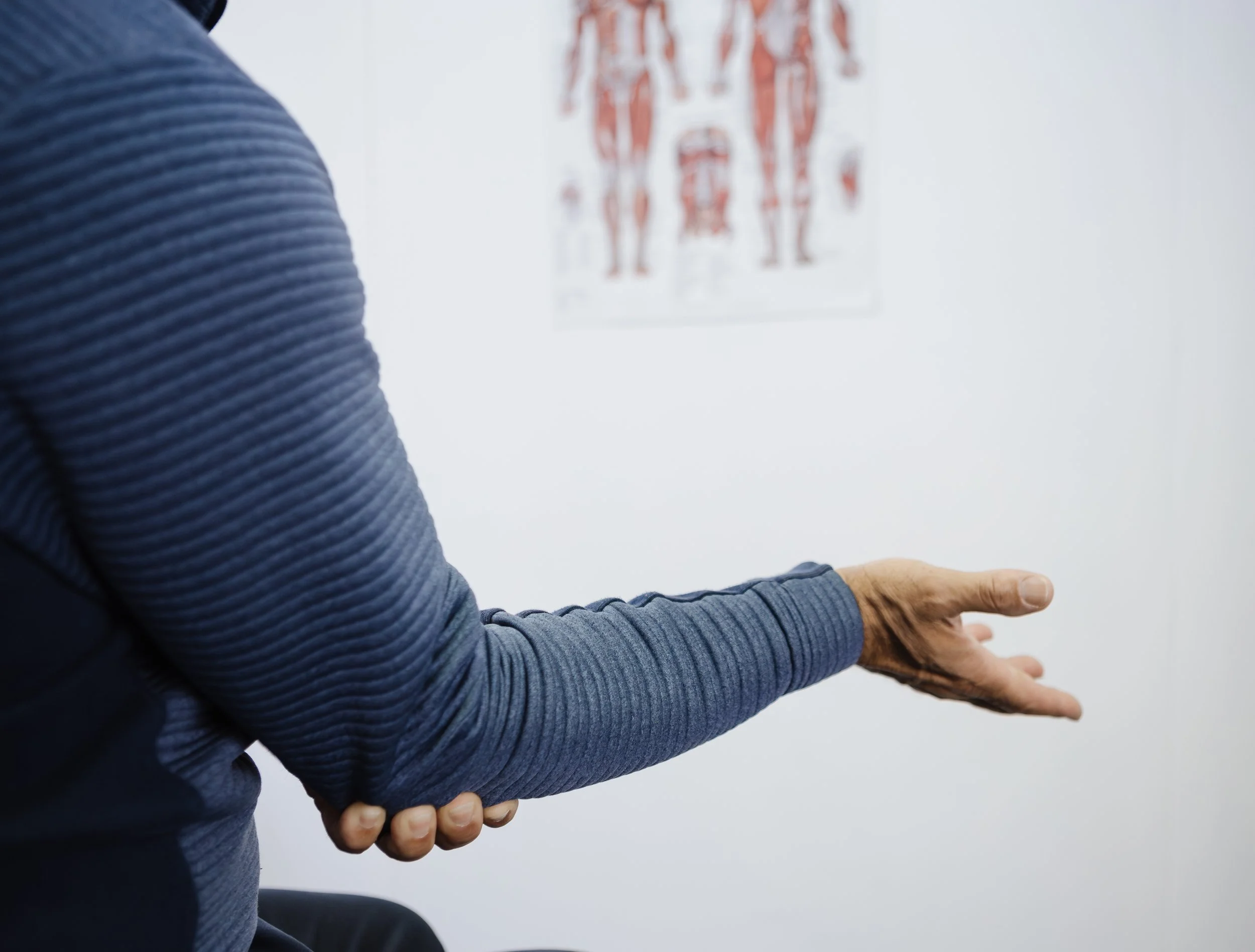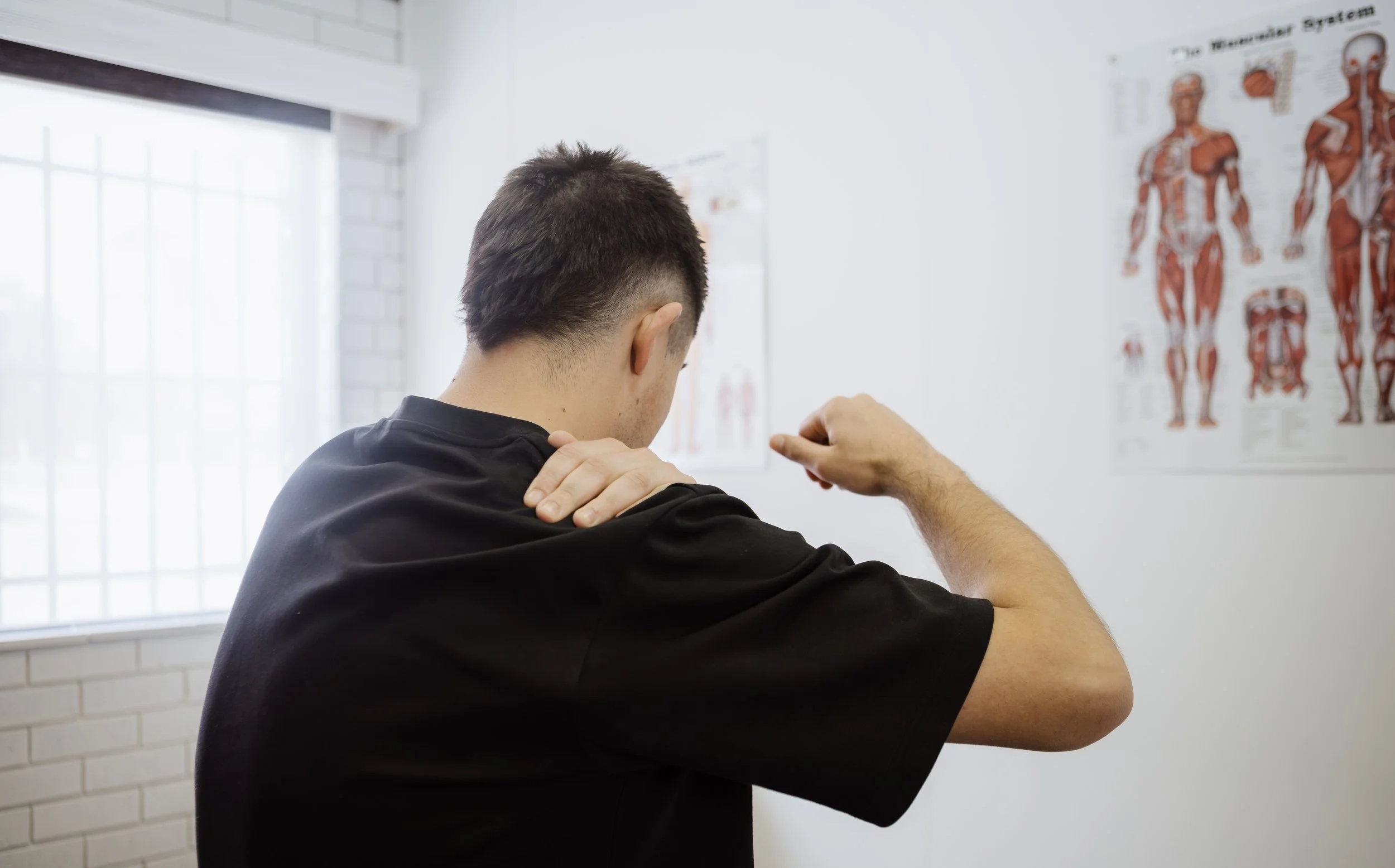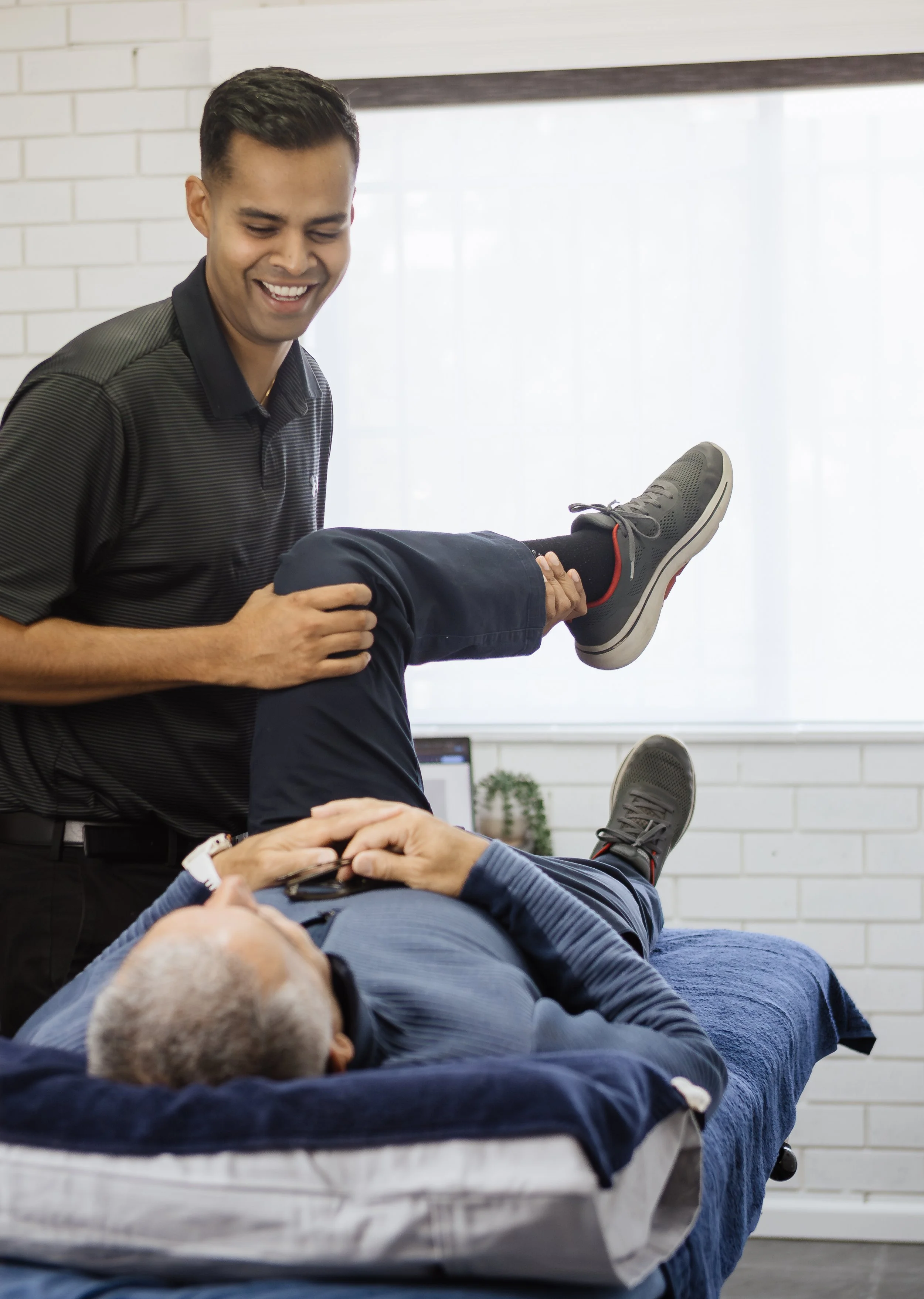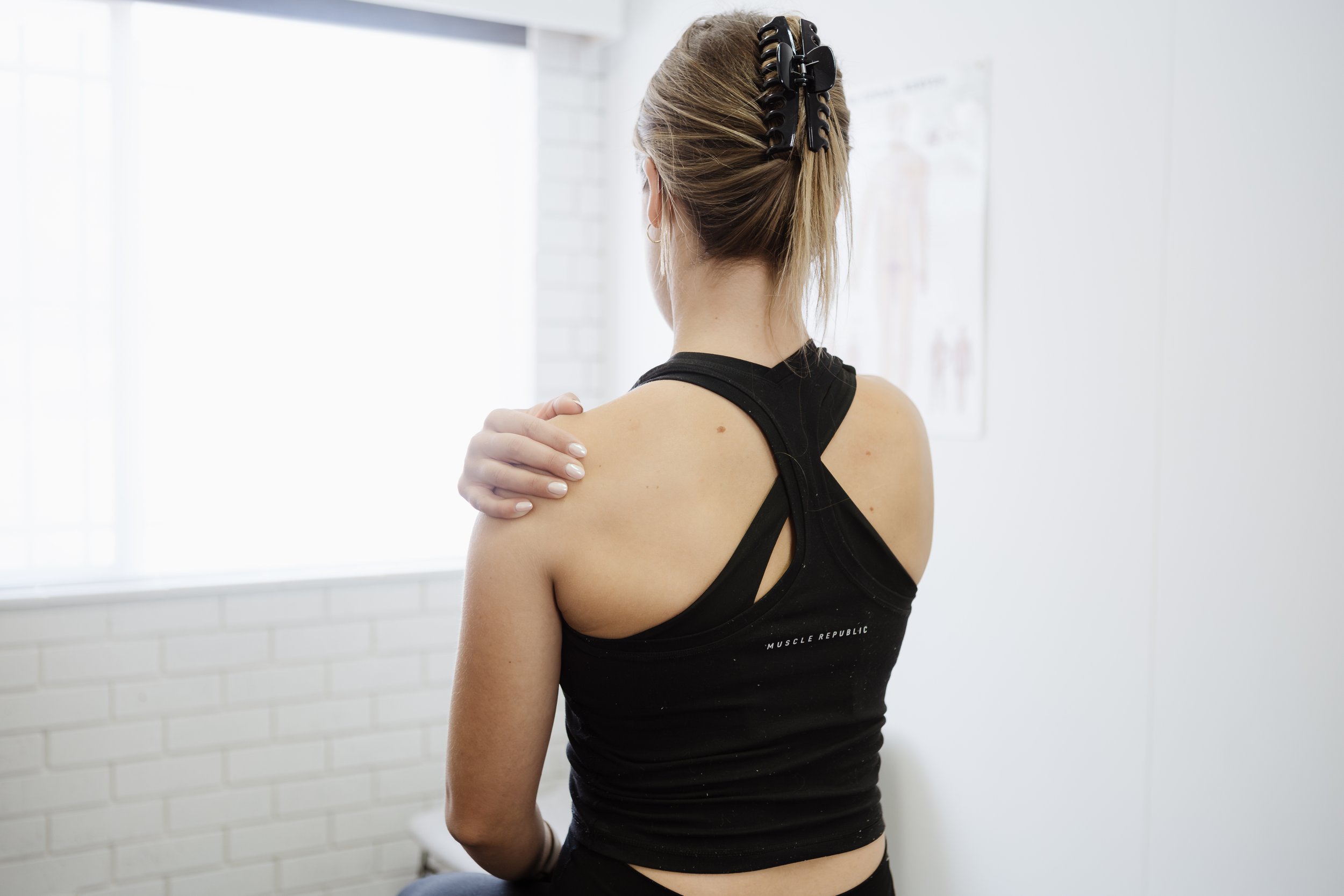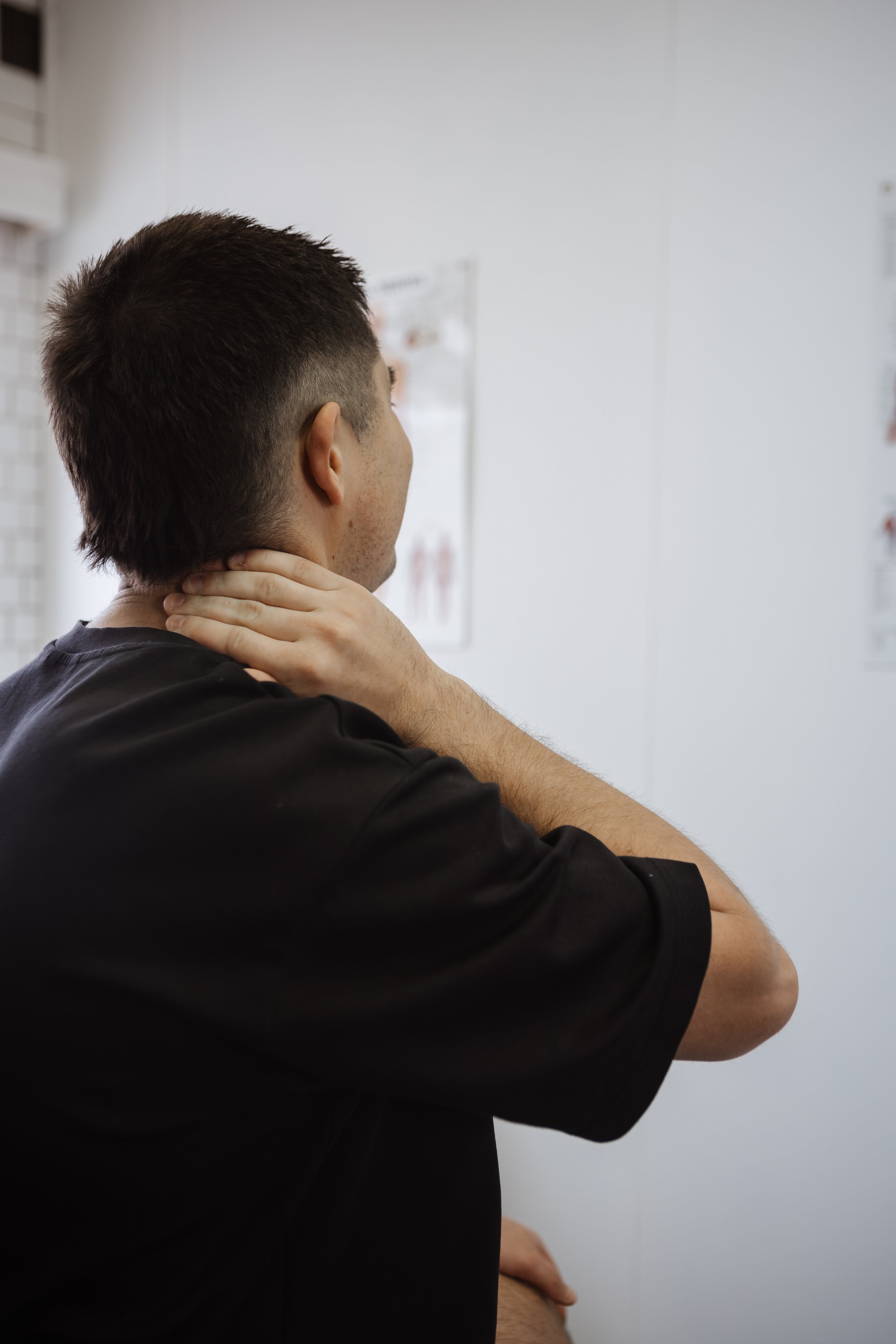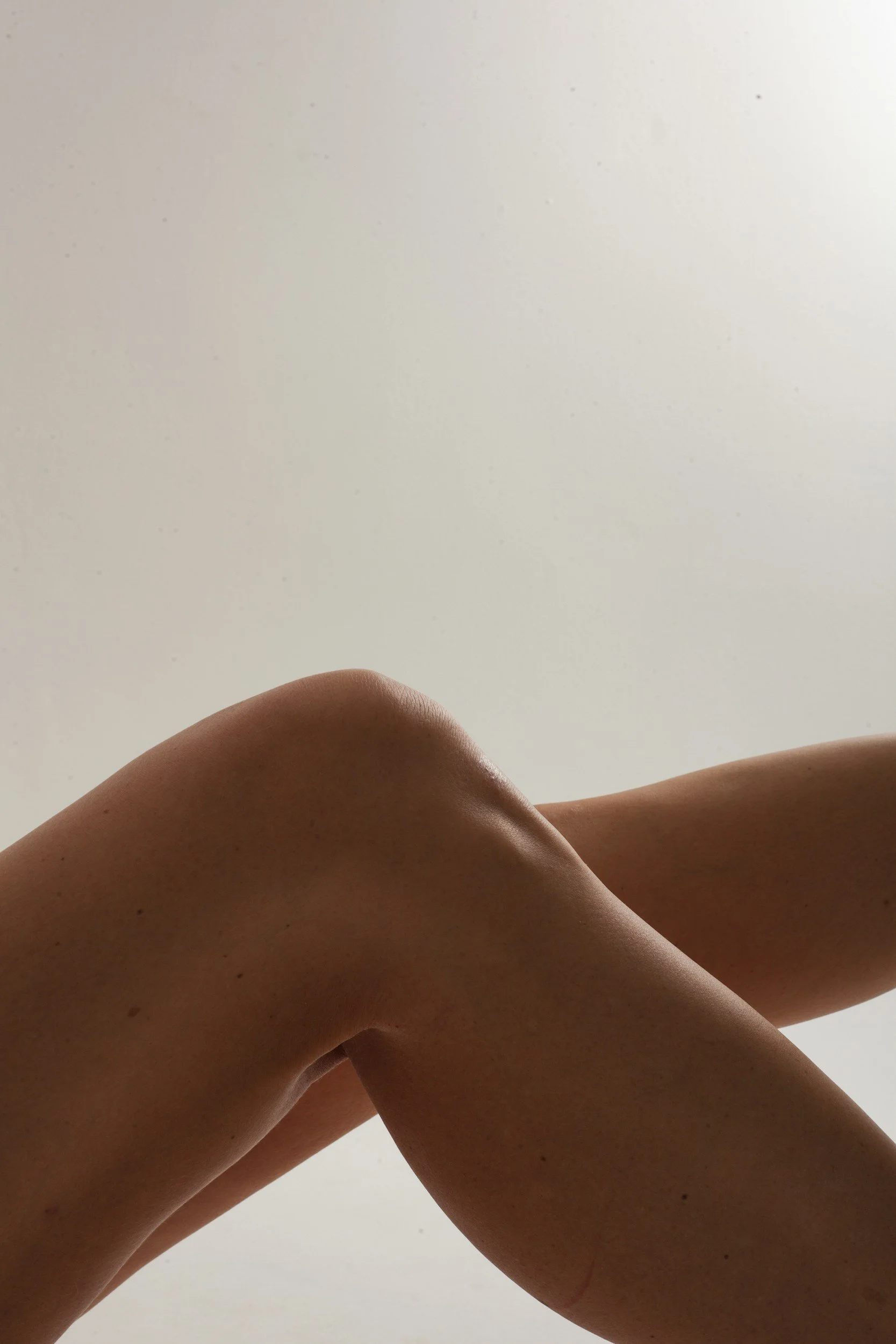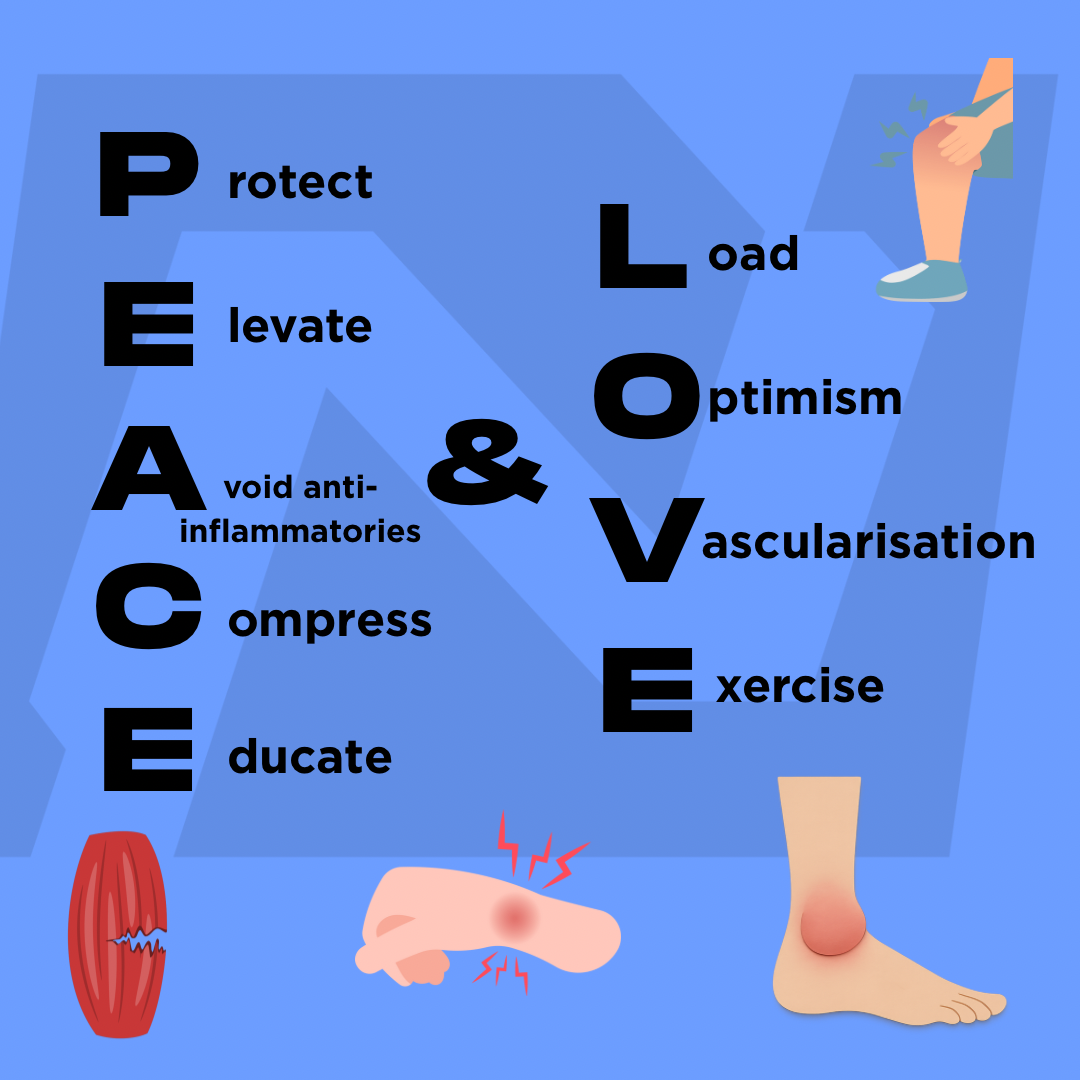Understanding Low Back Pain: Causes, Relief, and How Osteopathy Can Help
Low back pain is a nearly universal experience, affecting a vast majority of people at some point in their lives. While often acute and resolving on its own, persistent pain can become debilitating, impacting your work, hobbies, and overall quality of life.
Osteopathy offers a holistic (whole-body) and effective approach to managing low back pain. We focus on identifying and treating the underlying causes of your pain, not just the symptoms. This blog will explore the common causes of low back pain, when to seek help, and the role of osteopathic care in your recovery.
Key Facts About Low Back Pain
Prevalence: Low back pain is the leading cause of disability worldwide, with estimates suggesting up to 80% of Australians will experience it in their lifetime.
Impact: It is a significant contributor to lost productivity and work absenteeism, creating a substantial economic burden.
Nature: In most cases (over 90%), low back pain is termed "non-specific," meaning it is not linked to a serious underlying disease. It is often a result of musculoskeletal dysfunction.
Common Causes of Low Back Pain
Pain can arise from various structures in the lower back, including muscles, ligaments, joints, and discs. Common causes include:
Muscle and Ligament Strains: The most frequent cause. This can result from sudden movements, lifting something heavy incorrectly, or overstretching. Poor posture over time can also lead to chronic strain.
Joint Dysfunction: The facet joints in the spine can become irritated or restricted, causing localised pain and stiffness. Degenerative changes like osteoarthritis are also common.
Disc-Related Issues: A bulging or herniated disc can press on nearby nerves. This is often associated with sharp, shooting pain that may radiate down the leg (sciatica).
Lifestyle Factors: Sedentary behaviour, poor ergonomics at work, inadequate core strength, and being overweight are significant contributing factors.
Stress: Psychological stress can lead to muscle tension in the back, worsening or prolonging pain.
It is important to note that serious pathology (such as fractures, cancer, or infections) is a rare cause of low back pain but must be ruled out by a healthcare professional.
How Can Osteopathy Help with Low Back Pain?
Osteopaths are trained to assess the entire musculoskeletal system to determine the primary source of your pain. We understand that the site of pain is not always the source of the problem.
Your initial consultation will involve:
A detailed case history to understand the nature of your pain, your daily activities, and any relevant medical history.
A comprehensive physical examination of your posture, gait, spinal mobility, and joint function.
Orthopaedic and neurological testing to help differentiate between different types of pain and identify any potential nerve involvement.
What Does Osteopathic Treatment Involve?
Treatment is gentle, patient-centred, and aimed at restoring normal function. Techniques may include:
Soft Tissue Therapy: To release tension, reduce muscle spasm, and improve blood flow in the muscles supporting the spine.
Dry Needling: To help ease muscle tension and promote blood flow.
Articulation and Mobilisation: Gentle rhythmic movement of the spinal joints to improve flexibility and reduce stiffness.
Manipulation: A precise, short-amplitude thrust to a joint to improve its range of motion. This is always performed with your consent and after a thorough assessment of suitability.
Exercise Prescription and Advice: We provide guidance on specific stretches and strengthening exercises (particularly for the core and glutes), ergonomic adjustments, and lifestyle modifications to support your recovery and prevent recurrence.
When to Seek Immediate Medical Help (Red Flags)
While most low back pain is musculoskeletal, it is crucial to be aware of "red flags" that require prompt medical attention. Please see your GP or go to the nearest hospital if your back pain is accompanied by:
Loss of bladder or bowel control (cauda equina syndrome).
Numbness or tingling around the genitals or buttocks (saddle anaesthesia).
Significant weakness in one or both legs.
A history of major trauma, such as a car accident or fall.
Unexplained weight loss, fever, or night pain (potential signs of systemic illness).
Pain that is severe, constant, and worsening.
Take the Next Step Towards Recovery
Living with low back pain can be frustrating and limiting. Osteopathy provides a safe, evidence-informed, and drug-free approach to not only alleviating your pain but also empowering you with the knowledge and tools to maintain a healthy back.
Click here to schedule an appointment at Nudge Osteopathy. We are here to help you understand your pain and guide you on the path to recovery.
References
1. Hartvigsen, J., et al. (2018). What low back pain is and why we need to pay attention. The Lancet, 391(10137), 2356-2367. [Link: https://www.thelancet.com/journals/lancet/article/PIIS0140-6736(18)30480-X/fulltext]
2. Australian Institute of Health and Welfare (AIHW). (2020). Musculoskeletal conditions. [Link: https://www.aihw.gov.au/reports/chronic-musculoskeletal-conditions/musculoskeletal-conditions/contents/what-are-musculoskeletal-conditions]
3. National Institute for Health and Care Excellence (NICE). (2020). Low back pain and sciatica in over 16s: assessment and management. NICE Guideline [NG59]. [Link: https://www.nice.org.uk/guidance/ng59]
4. Orrock, P. J., & Myers, S. P. (2013). Osteopathic management of mechanical low back pain in adults: A systematic review. International Journal of Osteopathic Medicine, 16(2), 96-111.
Disclaimer: This blog post provides general information only and is not intended as a substitute for professional health advice, diagnosis, or treatment. Always consult a registered health practitioner, such as your GP or osteopath, for diagnosis and treatment of health conditions. The references provided are for informational purposes and do not necessarily represent an endorsement of all views within them. Individual results from osteopathic treatment may vary based on individual circumstances.



